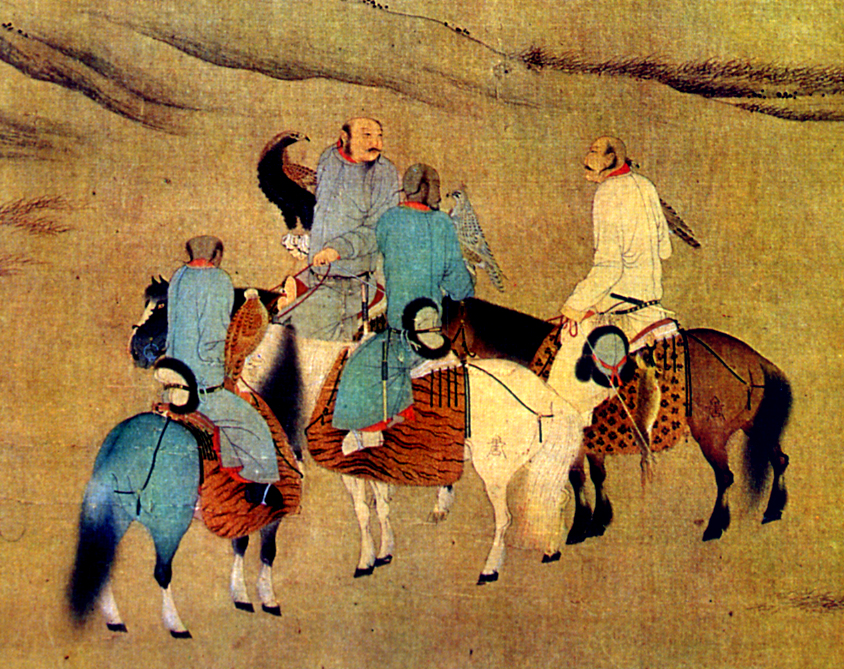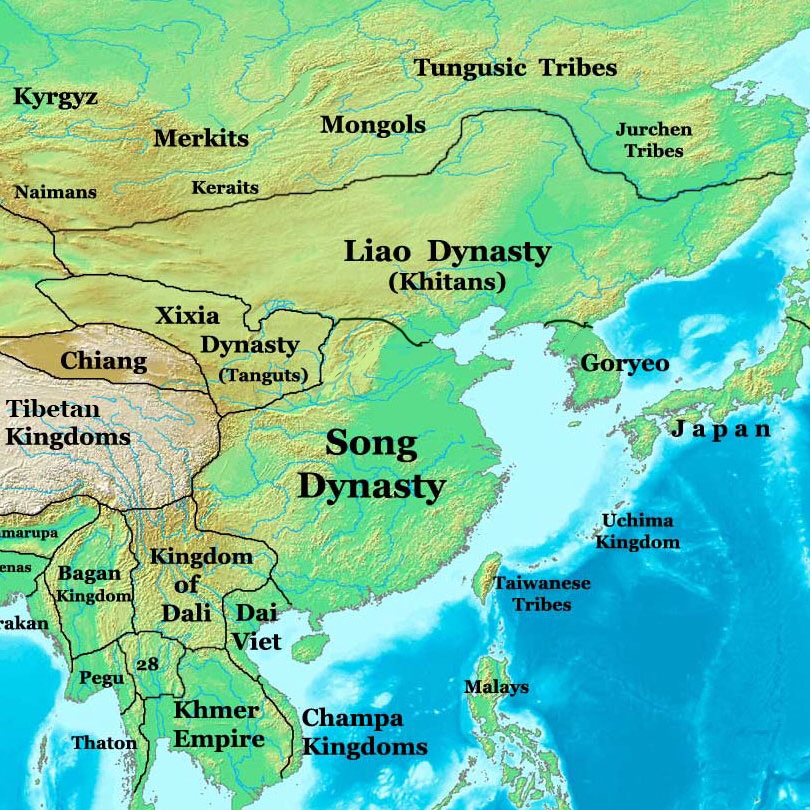The Khitans also known as the Khitai, Kitan, or even the Kidan, were tribal nomadic people originating from the regions now known as Mongolia, Inner Mongolia, and Manchuria. Manchuria was also home to the Manchu people who separately went on to form the Qing Dynasty. The Khitan people spoke a language related to Mongol languages.
But the Khitans also got the chance to rule their region during 916 to 1125 CE. Khitan expansion during this period originated from their homeland and spanned in all directions. By 925 CE this new dynasty ruled over much of eastern Mongolia, much of Manchuria, and numerous parts of China located above the Huang He. Many Khitan chieftains would become warlords, generals, administrators, and emperors of northern China. This dynasty would be come to be known as the Great Liao Dynasty. But there would come to be a problem. Similar to the Mongols' large conquests of Eurasia, the Great Liao Dynasty would have trouble consolidating and governing their recently captured territories. This theme would repeat itself here and in the future Chinese dynasties, many of which would struggle with curbing corruption and effecting taxation. The Great Liao would also have to rule over an area of the world which had significant climatic diversity, with many of their lands being large deserts, mountains, and large grasslands. Many of the peoples in this region tended to be genetically like Mongols to some extent. The Great Liao is also considered to be ethnically homogenous. The Khitan people would also begin to lose their nomadic characteristics as they found themselves rulers of an ever-expanding empire.[1]
The Qara Khitai was another branch of the empire that was formerly located in Central Asia. This secondary empire was formed by Yelu Dashi, leading the remaining remnants from the fall of the Great Liao. These remnants were overthrown by the Jurchen conquests that took place in the Khitan homeland of modern northeast China. This new empire formed by these remnants would go onto be usurped by the Naiman people lead by Kuchlug in 1211 ad. This usurpation is widely considered by academics to be the end of Khitan rule and the Great Liao Dynasty.
Why were the Khitan people important in relation to the silk road? During the reign of the Great Liao, the Khitan people were regulators of trade routes. Before they were tribal nomads. Once they ascended to the position of Empire, they began to play a much more significant economic role. This continued even as they moved further towards central Asia after they were usurped in North Eastern China. The Khitan administration used the Silk Road as a source of revenue, regulating it where they saw fit. This would have had more to do with the northern silk road routes, those north of the Tian Shan Mountains.[2]

Image: Ancient Khitan Hide Art[3]

Image: Map of the Great Liao Empire[4]
[1] https://www.newworldencyclopedia.org/entry/Khitan_people
[2] https://factsanddetails.com/central-asia/Central_Asian_Topics/sub8_8b/entry-4507.html
[3] https://upload.wikimedia.org/wikipedia/commons/a/ae/MongolHuntersSong.jpg
[4] https://upload.wikimedia.org/wikipedia/commons/3/36/Liao_Dynasty_in_1025.jpeg
Hansen, Valerie. The Silk Road: A New History with Documents (Oxford, 2016).
https://factsanddetails.com/central-asia/Central_Asian_Topics/sub8_8b/entry-4507.html